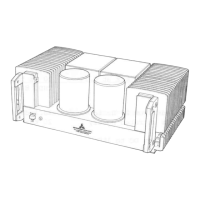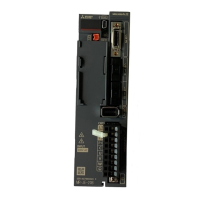11
FI\d MI.]LTIPAITI
ADJIJSTMENT
F[,4 radio signals behave
somewhat like
light waves,
and
when
there
are buildings
or other objects
near
the receiver antenna,
the signals are
reflected as
shown
in
the
diagram.
When
these
reflect:d signals
enter the antenna
at the same time
as the direct
signals, the two interfere
with each other and
pro-
duce
distortion in the
receiver. This is termed
"multipath
distortion".
The result of multipath is
distortion in the sound
and
poor
stereo
separation.
To
prevent
such
multipath interference,
use the
most directional antenna
you
can obtain
(one
with
the most elements) and
point
it either directly
at
the station's broadcasting antenna
or in a
direction
where no
multipath effects are noticed.
To deter-
mine
the
direction of least
multipath interference,
this
unit is equipped with
a set of special outputs.
Adjust
your
antenna
position
by the
following
method.
DIRECT WAVE
AND
R EFLECTED WAVE
1. ADJUSTMENT
WITHOUT
AN
osctLLoscoPE
O
lMake the connections
shown
in the diagram
and turn the SELECTOR
switch to the
AUX
position.
O
Tune in a stereo
broadcast.
The sound coming
from the L
channel speaker
will be
free
of
distortion,
while
significant distonion
is
heard
from the
B channel speaker.
O
Adjust the
OUTPUT
LEVEL
controls so
that
sound
is
heard only
from
R channel
speaker'
O
Rotate
the antenna
until the volume of the
B
channel
speaker
is lowest. At this
point,
multi-
path
distortion
will be
minimized and the
antenna
should be
permanently
iixed in this
position.
2.
ADJUSTMENT
WITH AN
oscrLLoscoPE
Connect
an oscilloscope
to the
[/]ULTIPATH out-
puts
as shown
in
the diagram.
Use an
oscilloscope
with a
vertical
deflection sensitivity
of
more
than
lOmv/cm
and
a horizontal
deflection sensitivity
of
more
than
50mV/cm.
Tune in
an
Fl\,4
station
and
adjust
the
oscilloscopd
so
that
the wave
pattern
is
easy
to see.
Adjust
your
antenna
so
that the
multi-
path
interference
is
minimized as shown
in the
right
hand square
in the diagram.
MULTIPATH
outputs
on rear
panel
(Shielded
wire)
ffil
Lffi]I
Much Multipath
lnterference
tml
[ffi]r
Little Multipath
lnterference

